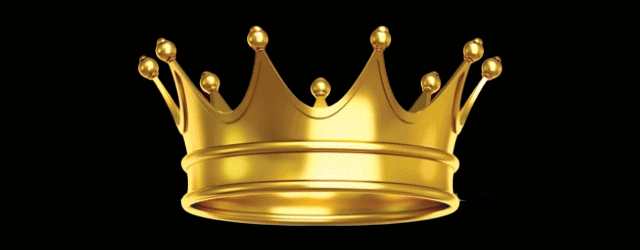Rockwood
Well-known member
- May 5, 2021
- 6,273
- 8,077
Portals have negative drive traits as they create a lever on the end of the suspension, add cost/complexity, reduce travel for a given track width, and add unsprung weight.Regarding the clevis.
It is a chit design, no matter what Honda or Nissan it's been applied to.
Or a kibbetech or what not.
The proper design for 4wd offroad is either a single shock (or even co/bypass) with clearance or portal hubs.
Portals have been proven time and time again from the H1 to ultra4 cars and now 4wd TTs.
The clevis design is a bandaid to make things fit.
It is not progression and it has been shown to be hindrance in a high travel and aggressive application.
The Pro R design as I've stated before was a design from Polaris to either bypass the RG patents or simply to try a design which is not standard.
The latter really doesn't make sense since the Pro R was supposedly a ground up design/build and anybody with half a brain would mount the lower shock directly to the lower arm as it's been done for the last 30 years.
It's not rocket science.
It was done for a reason and it is not ideal. No matter which way you spin it.
ETA
I had a long edit here and it disappeared but basically stated, I belive in my uneducated opinion: the dual mounted system of a clevis fails in comparison to a single mounted shock system using a uniball/monorail. The single mounting point allows the little bit of give in the suspension deflection vs the dual mounted clevis.
I'm no engineer and I could be wrong.
I look at the top racecars in offroad and don't see any clevises front or rear. They were a flash in the pan.
It comes down to this, to any of the people here for or against, honest question here.
Based on you experience and opinion, if you had a choice, and money and design was no object would you rather your shock be mounted directly to the lower arm at a single point or would you favor having a clevis?
Disregard brand, make or model and be objective.
If I had the choice between a simple clevis and portals, I’m picking the clevis, especially considering the cost involved (which can’t be ignored).
Design wise, a clevis simply moves some load from the suspension arm to the shock end. As long as the system is designed properly, the marginal difference in weight and cost isn’t concerning.
Keep in mind that the force imparted by the shock isn’t going away because you used a heim. Rather than the clevis being beefy, you have to make the arm beefy since the heim will concentrate this load more. Since a heim can’t connect through the wheel centerline (axle in the way), you either have torsional loading on the arm (requiring moar beef) or you have to do something like portals as you mentioned to move the axle off of centerline, which (in addition to cost and complexity) would have a lot of really bad handling characteristics under power if it’s offset to the front or rear. I have a feeling we’d all miss “RZR bumps” if everything out there had portals to offset the axle centerline front:rear.
This is why a lot of OEMs with front wheel drive either use McStruts, crazy multilink designs (generally with the shock mounted to the upright), a simple clevis or a narrow shock extension below the body (to get the shock as close to the wheel centerline as possible) with conventional A arms.



